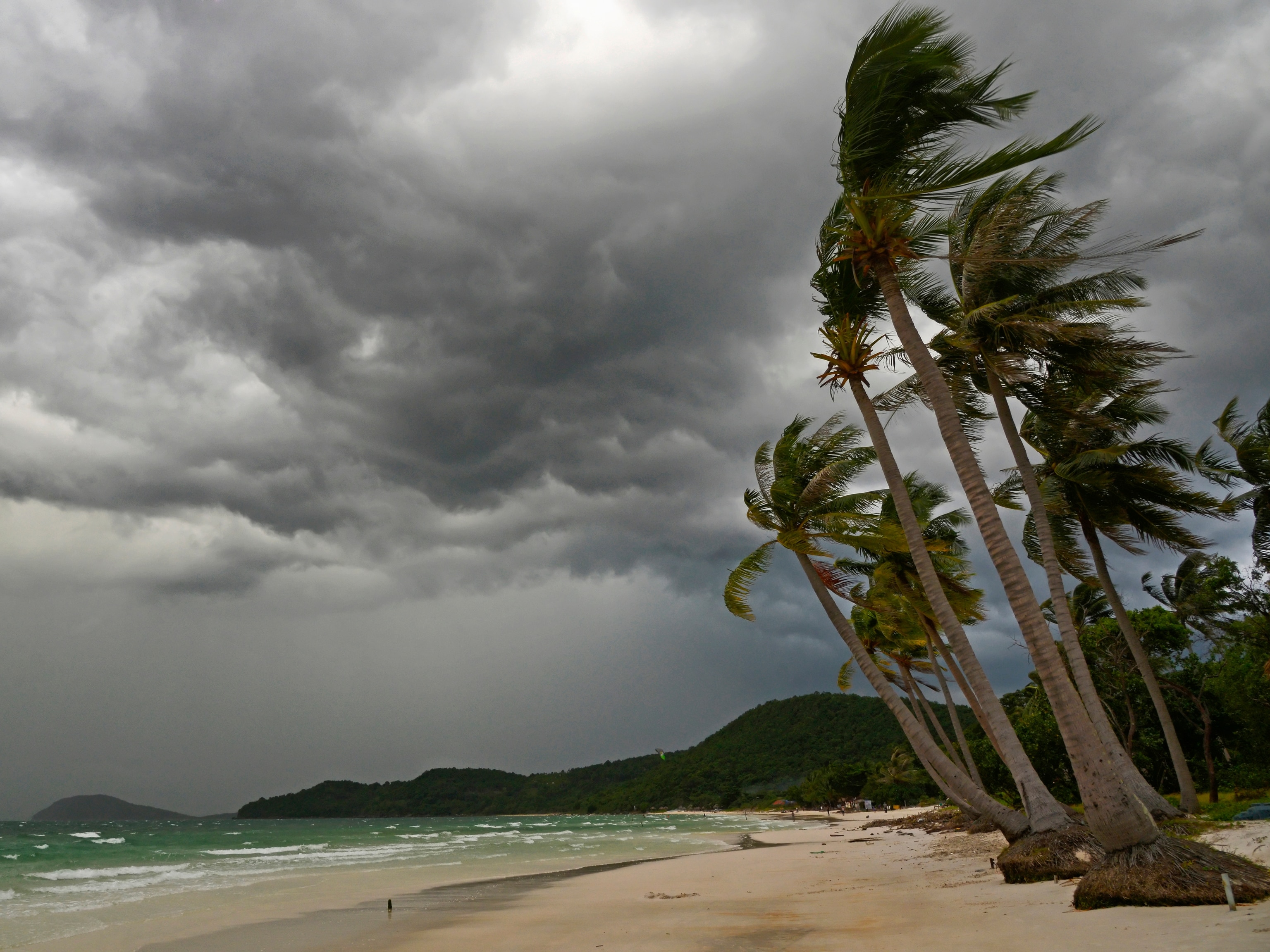Prasenjeet Yadav has a deep connection with nature. Growing up on a farm, he spent a great deal of his youth wandering the forests near his boyhood home.
“I grew up In Central India in the very forest range where Rudyard Kipling wrote his epic book: The Jungle Book,” shared Yadav in an INKtalks presentation. “I’m kind of blessed that my childhood was spent here, at my father’s farm in the middle of a jungle, with tigers and leopards roaming around in our backyard.”
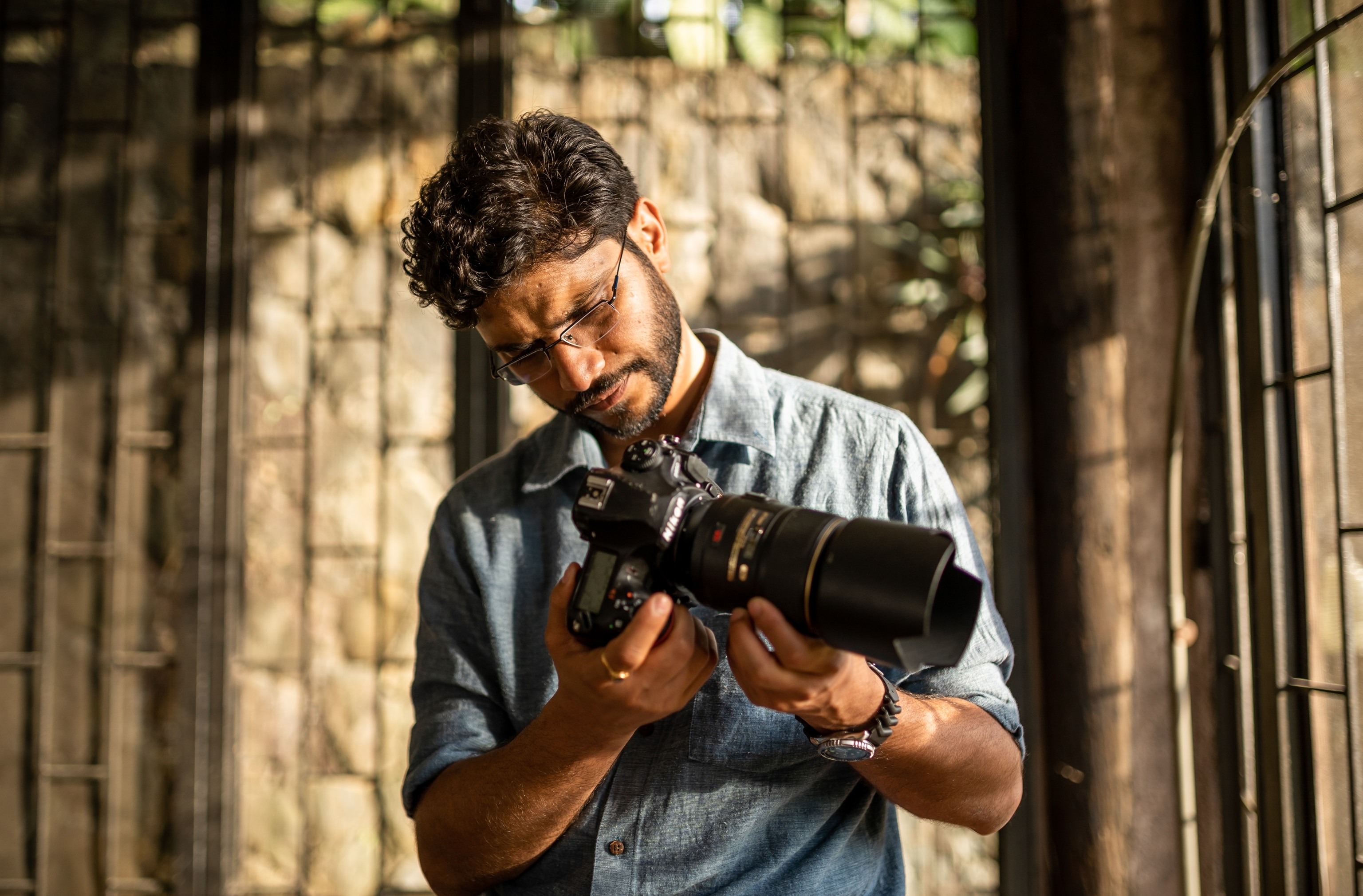
His love for nature is what initially drove him to pursue a master’s degree in molecular biology. He even worked for a while as a research fellow at India’s National Centre for Biological Sciences (NCBS), where he focused on molecular ecology.
However, his career took a turn when he realized he could contribute more to science by using his camera. The National Geographic Explorer now visits incredible locations to document the wildlife within and convince governments and decision makers about the importance of conservation.
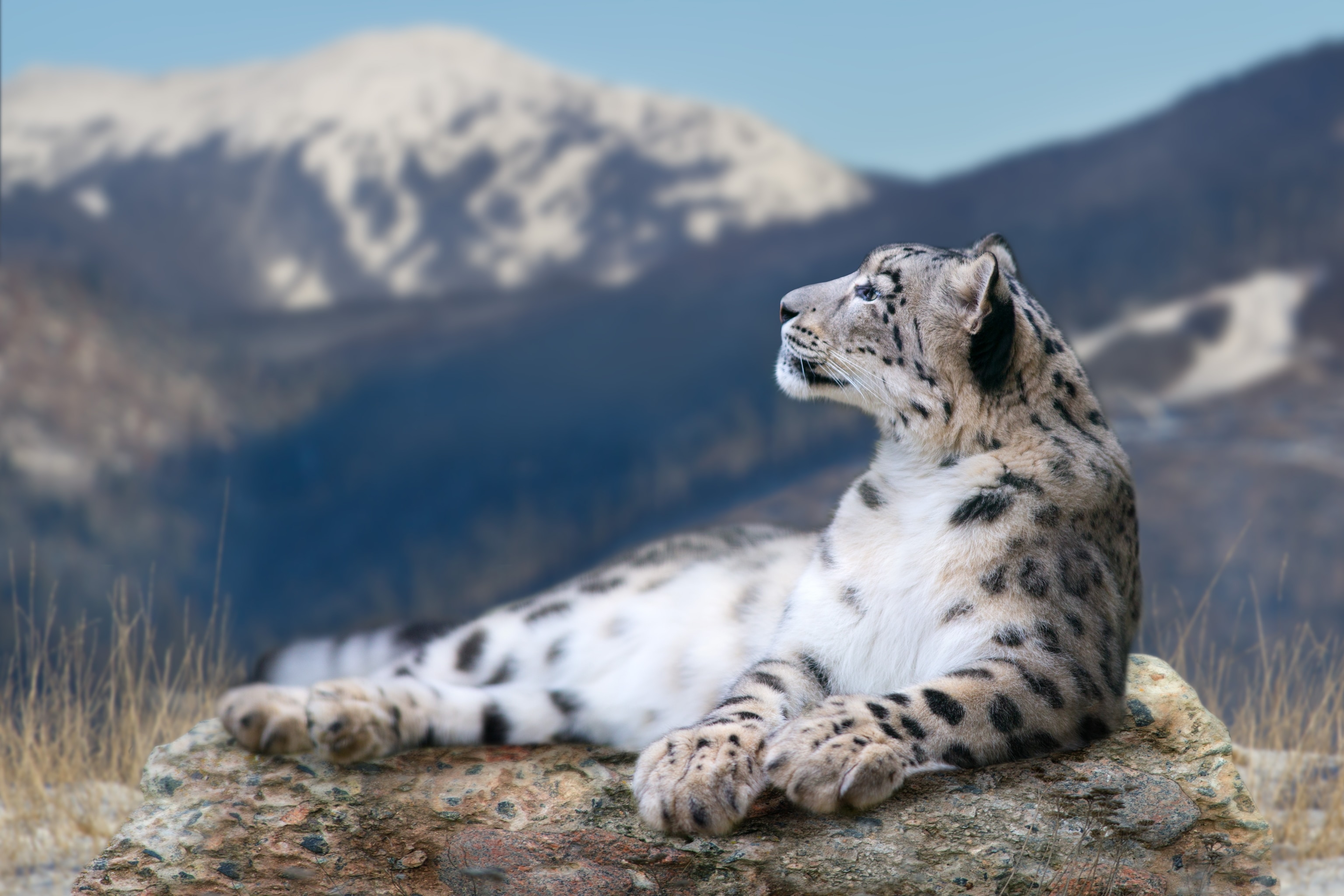
A cautious approach
Yadav has visited many remote locations that put him in potentially dangerous situations, which has helped him develop a vigilant attitude.
For example, his quest to track elusive snow leopards in India’s Himalayas took him to the mountains 14,200 feet above sea level. The grueling mission involved driving and trekking through miles of dangerous terrain that included canyons and icy cliffs.
He did most of this alone, without easy access to medical aid. Fortunately, Yadav is well-versed in first aid, something that allows him to embark on his solo journeys with confidence. At the very least, he understands how to take care of himself should he find himself in a situation where he’s been injured due to an accidental slip or an environmental hazard like a falling boulder. For example, if he were to suffer a fracture, he would know to keep the injured body part stable, support it with soft items like clothing, and avoid moving it unless completely necessary.
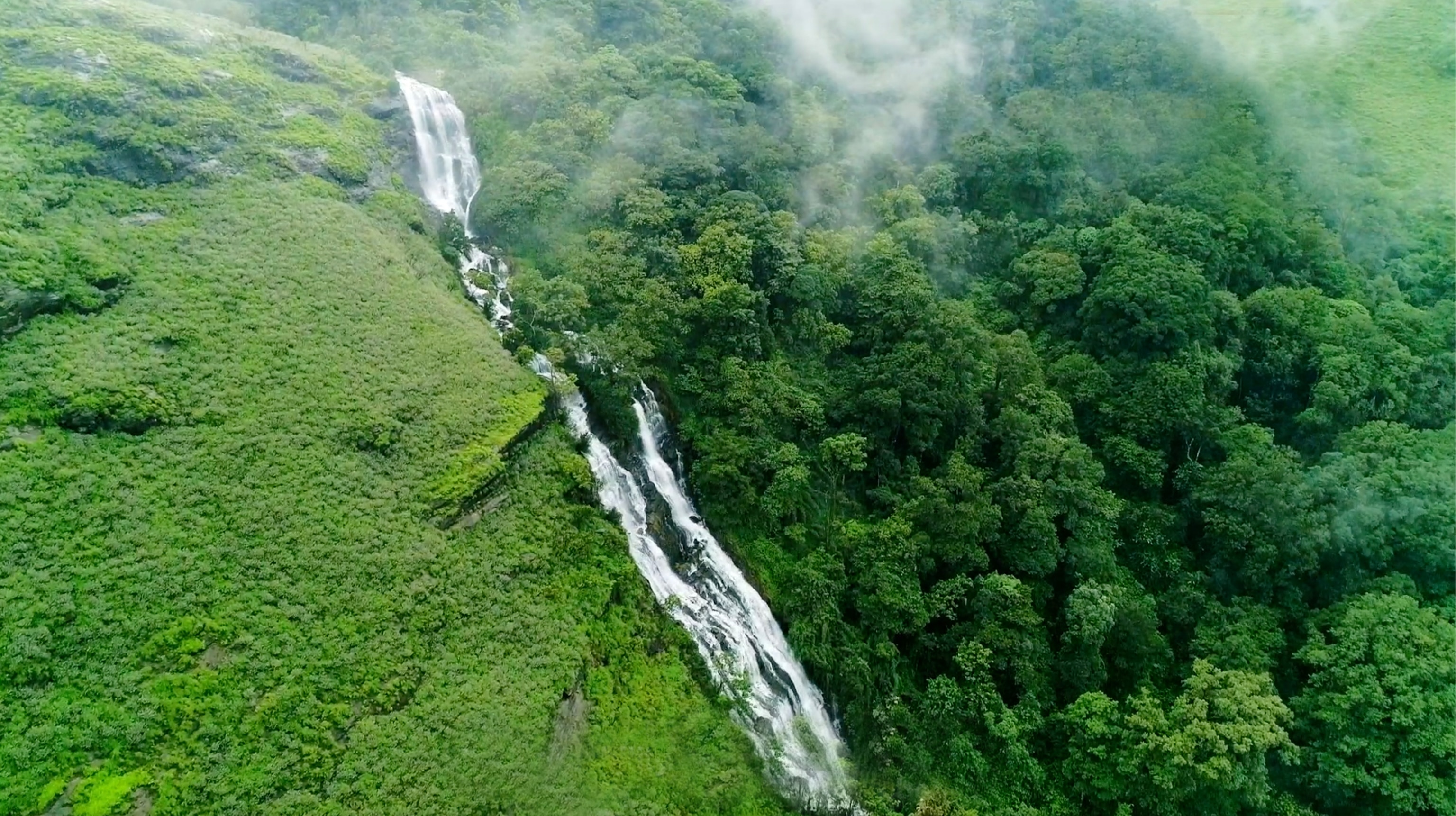
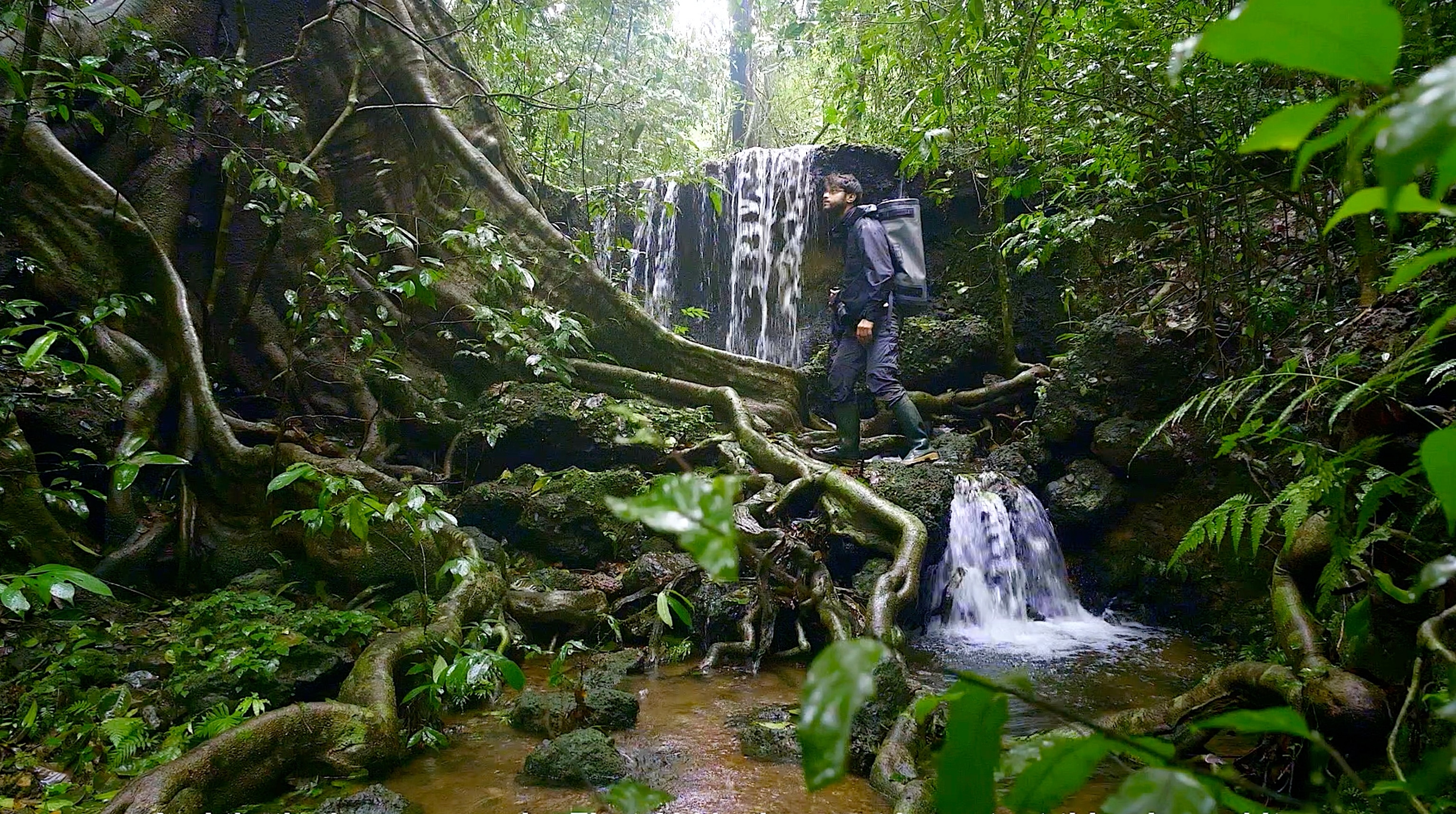
Another expedition saw him accompany evolutionary biologists as they studied rare species of birds up in the Sky Islands in the Western Ghats of South India. These mountain plateaus, rising 3,000 to 8,500 feet above sea level, are each individual ecosystems, isolated from each other by their steep cliffs. Should he or his companions suffer an injury that involves severe bleeding, Yadav would instantly know to control bleeding with pressure, avoid removing embedded objects, and raise the injury above his heart to slow the blood flow.
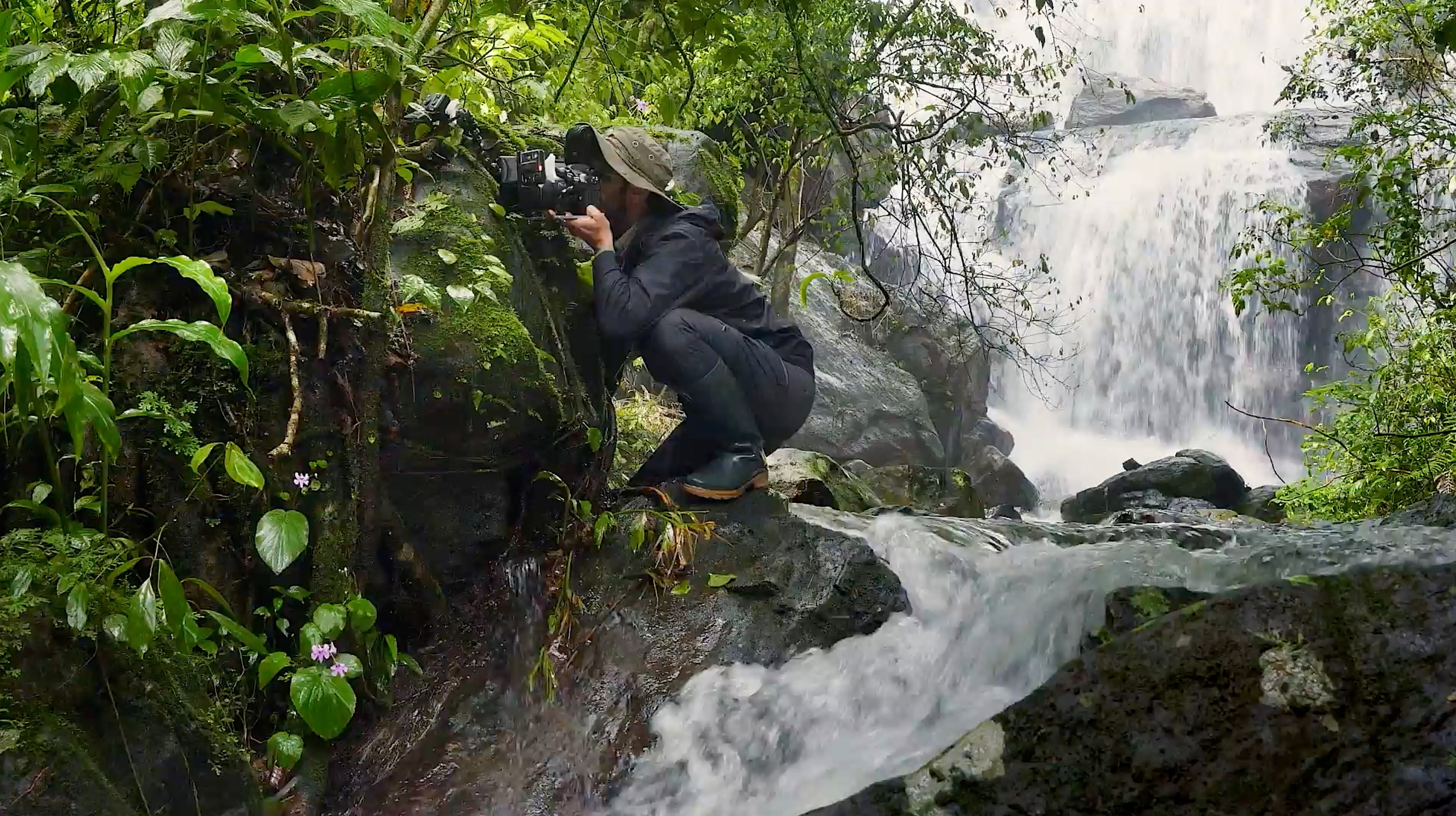
An advocate for first aid and conservation
While his journeys are challenging and sometimes stressful, Yadav happily undertakes them because he believes in the importance of his mission. Drawing attention to rare animals by communicating through photography is important to Yadav because he wants to inspire people to preserve biodiversity.
It’s easier for a decision maker to lose interest in conservation if they’re forced to read a 100-page report, and much harder when they’re looking at a powerful photo that captures an endangered species in its natural habitat.
His passion for communication also extends to being an advocate of first aid knowledge. Understanding how to react to an emergency can make the difference between life and death, especially when there is no one around to help, and Yadav understands that better than most.
He feels that spreading first aid knowledge, which can be learned by anyone, will help individuals and communities lead safer and longer lives.
“First aid is not just a medical kit,” said Yadav. “It’s a mindset for being prepared when things go wrong.”
Learn more about how to enhance your safety through first aid. Visit SAFE STEPS today.



